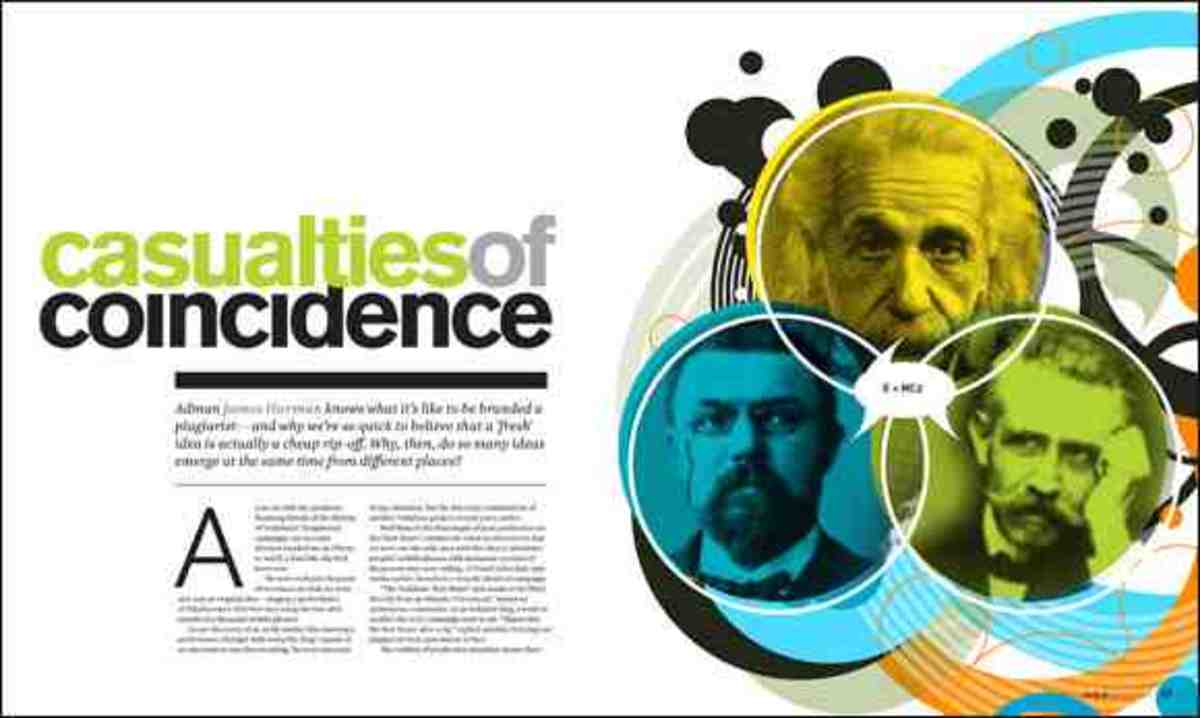Ancient Advanced Technologies: too alien to recognise
A golden age?
Atlantis, Lemuria, Mu, we always want to believe in a golden age when people lived in harmony and peace, food was plentiful, the world was warm, life was easy and politicians were honest and never took bribes. Given that even Chimpanzees have politicians and negotiators I am skeptical of the idea any such advanced utopian civilisation existed. Or indeed any advanced society unknown to history or archaeology. Belief in a golden age is a cultural equivalent of the belief that your schooldays were the happiest days of your life and that when you were young the days were longer, warmer and more fun. Such a belief may of course be a folk memory of life in hunter gatherer days when game and fruit were plentiful, but that is a subject for further investigation
But the possibility of such a civilisation is there. Before starting to look for evidence we need to know the sort of evidence we might find and how we might recognise it.
The earliest civilisations we know of are some 10,000 years old, the date of the earliest settlement in Jericho. A hundred thousand years ago takes us back to the Upper Paleolithic and the rise of Homo Sapiens, and a Million years ago hominids were making crude stone tools. Rudgley [1] has made a case that many of the advances in human progress, from flint knapping to art to the control of fire took place earlier than generally accepted, which implies we should be open to the possibility an advanced ancient civilisation existed but structured itself in such a way as to leave few traces. A civilisation that left no traces, for example by using only biodegradable artefacts, would be undetectable and I do not cover it here
The effects of time and culture
Suppose there were some technologically advanced civilisations around millions of years ago. Would the technology be sufficiently like ours that we could recognise it? Our civilisation today is effectively built round electricity and oil. What if the civilisation were built around some other pillars, say wind and water, or even light.
I present exhibits from our time. A floppy disc, made of non biodegradable plastic, and a DVD. Suppose we vanished, what would they look like in a thousand, ten thousand, a hundred thousand or a million years? And what would future archaeologists make of them if we left no written records or they could not read our books.
In a thousand years insects would have eaten the insides of the floppy disc. The colour will have faded and soil movements and worms would have cracked the case and the metal parts would be in pretty bad condition. Archaeologists would probably decide they were ritual objects made of an unknown material. Since there would be a lot of them around they would probably conclude the material was a rare natural form of plastic. In Ten Thousand years there would only be shards. These might last for millions of years.
The DVD would look like a scratched mirror in 1,000 years, maybe in ten, but the information on it would be unrecognisable. Microscopic study might reveal minute pits in the surface, and it might be taken as evidence of advanced technology, but probably not as a form of information storage.
You can apply similar logic to other examples, a laptop, a pentium chip, a ballpoint pen. The hypothetical future archaeologists might be able to recognise they were artifacts but would not be able to recognise them as information storage devices and even if they did would be unable to read them. They might even be unable to reconstruct the sounds from a vinyl record (remember them)
If an advanced technical civilisation had existed in the distant past there is therefore no guarantee we would recognise their technology. We might recognise that something is made of an artificial material and has been moulded or stamped. But as with a pentium chip, legs corroded away, writing rubbed off and corners eroded, the evidence of advanced civilisation might lie deep inside the artefact and look like mere artistry or random patterns and be invisible without a powerful microscope.
Of course ancient civilisations could have technology similar to ours and we might then recognise some things. But the purposes might be different.
We have to look out for artefacts, probably simple ones, made of synthetic materials, for example plastics, that fulfil a recognisable purpose. Coat hangers for instance. We have to look for evidence that the artefact served an advanced purpose. Just identifying ancient “spark plugs” is projecting our own technology onto the past.
Suppose a civilisation wanted to leave something for future civilisations to find? It wouild be hard. The only project today that does this is the Long Now foundation that is trying to make a clock that will run for 10,000 years
Out of place red herrings
There have been a number of famous OOPARTS ( Out of place artefacts), suggested by Von Daniken and others as evidence for Ancient Extra Terrestrial visitors or advanced civilisations. For example I recall a report of a coke can in deposits 200 feet underground and a stuffed alligator found in excavation of an ancient stone age site.
OOPARTS, apart from being a mystery in themselves, are suggestive but not conclusive.I recall, for example, seeing an archeologist drop silver foil from a cigarette packet into an excavation that was being filled in after digging was finished in order to tell future archaeologists the area had been excavated. A modern artefact can appear in an ancient stratum for a number of reasons, for example burrowing animals or earth movements, and most of the articles mentioned in the normal examples [3] do not mention whether or not the strata in which the artefact was found were disturbed. In some cases the artefacts look so like modern artefacts that I suspect some sort of mundane explanation, including a hoax.
A 120 Million Year old map?
The allegedly 120 million year old relief map of the Urals discovered by Alexander Chuvyrov, a doctor of Physics and Mathematics and a professor at the State University of Bashkiria, is another matter. There is no conclusive evidence that the map is 120 million years old but there is reasonably good evidence that it dates back to the 18th Century. In the course of 120 million years one might expect that the landscape has changed and the map apparently shows a river that no longer exists and geological research showed the river once existed.
Chuvyrov, claims, and as a working Professor of Physics he is likely to be right, that the slab containing the relief shows evidence of advanced technology in its manufacture and the relief has been machined. If this is the case and the dating of the slab back to at least the 18th century is accepted the least that can be said is that 300 years ago someone invented a way to machine a map in diopside glass, using a technology not known today and cover it in a protective porcelain.
Overall however the map is at first sight strongly suggestive of an artefact from an ancient civilisation. Perhaps the most suggestive thing about it is that it shows a river that used to exist and was discovered by geological research inspired by the map. As usual more research is needed.
If the Ural map is genuinely 120 million years old it raises a lot of questions. As a cynic I would consider the fact that the map has been ignored by sceptics and believers alike would suggest that it is evidence for an ancient civilisation and both sides feel it would damage a case they wish to make. Perhaps the makers were human, perhaps they were blind octopi reading their map by feel. We will never know.
Unfortunately further investigation weakened this as evidence. While the stone exists Chuvyrov seems to have vanished and some of the statements made about the stone seem suspect at best.
Summary
For reasons of space I have omitted a lot of intriguing things like the allegedly radioactive ancient city in India and the vitrified hill forts of Scotland. Maybe I will research and deal with them later.
I have argued that the sorts of artefact an advanced ancient civilisation would leave behind would become progressively less recognisable as artefacts the further away the civilisation was from us in time, that we would almost certainly not guess the purposes correctly, and that the evidence might only be available when an artefact was examined with specialist technologies. I presented the Ural map as a possible counter example, stone being about the only thing that would last millions of years unchanged, and the most interesting features of the stone were revealed using specialist technologies. I also noted that the evidence in this case seems to evaporate on close examination
Further reading
1] Lost Civilisations of the Stone Age: Richard Rudgley, ISBN-10: 0684862700 ISBN-13: 978-0684862705





